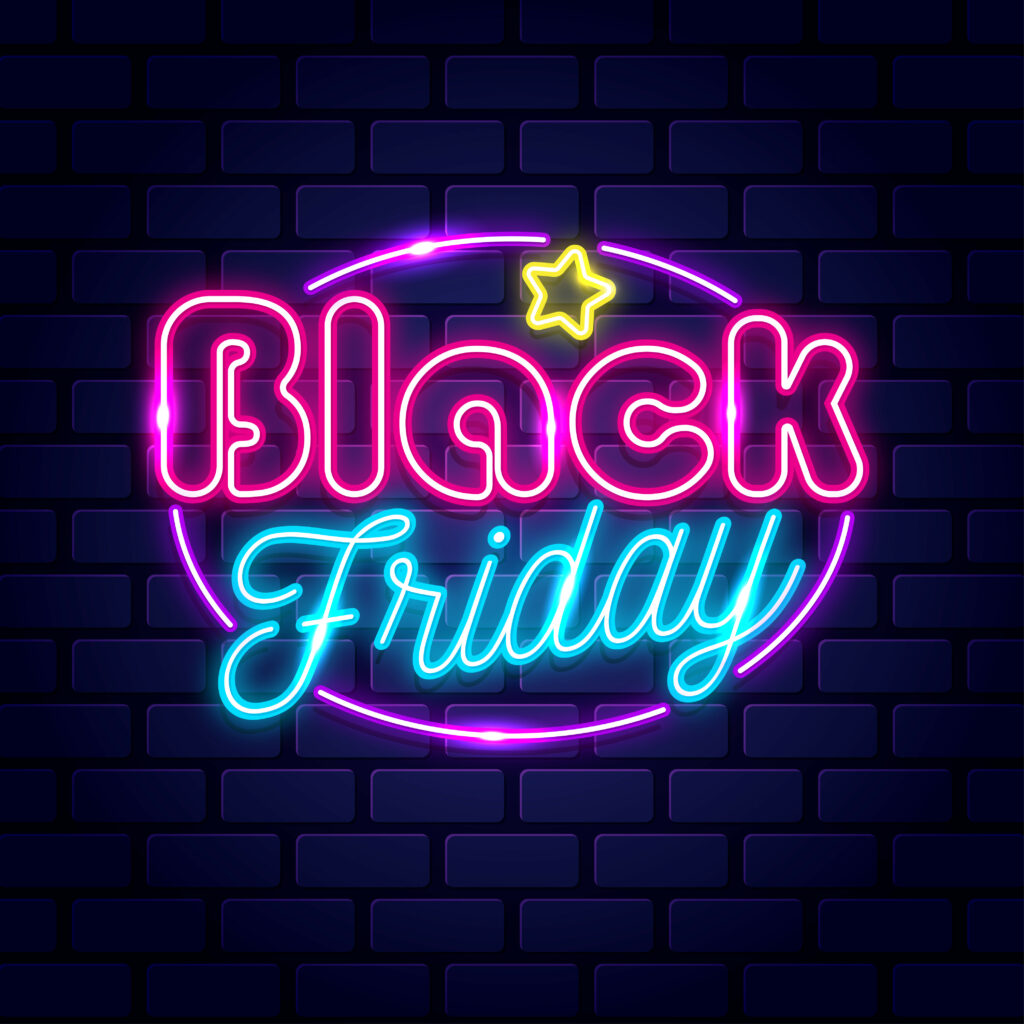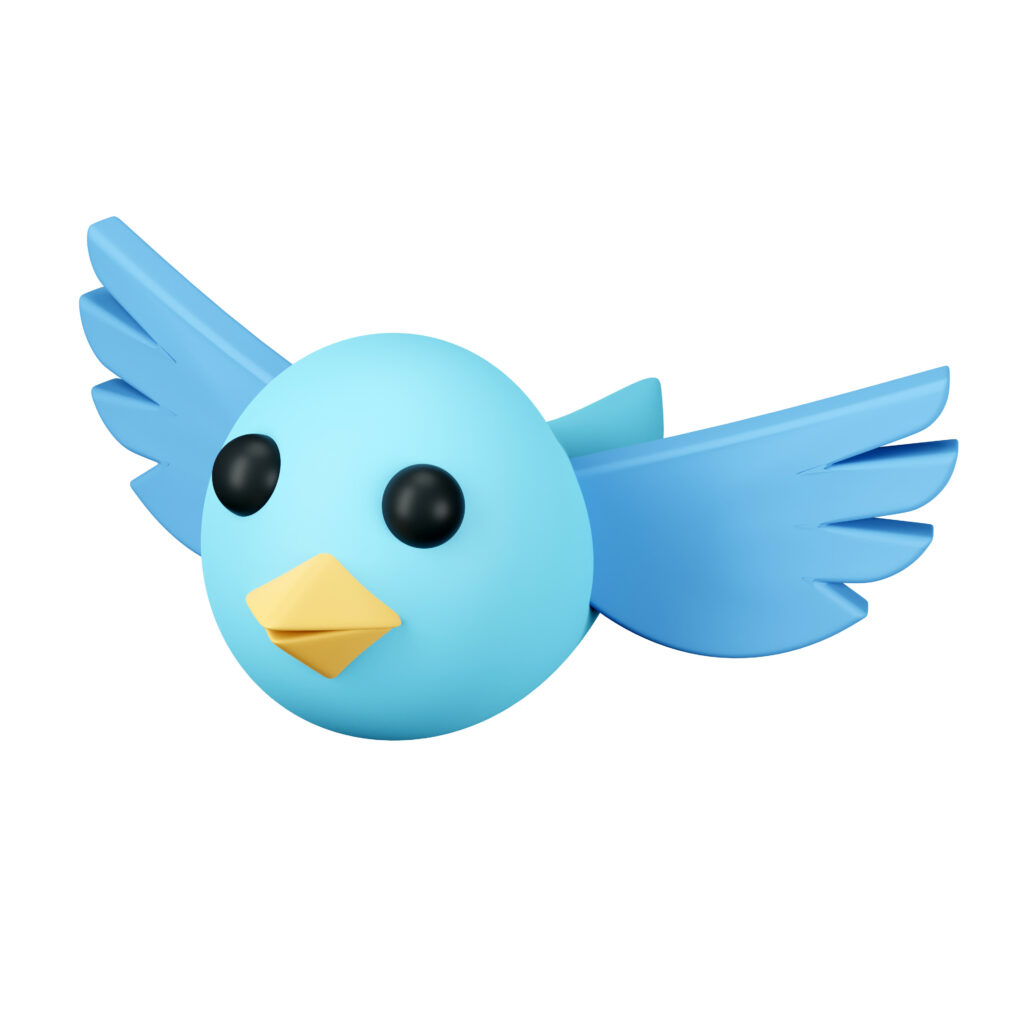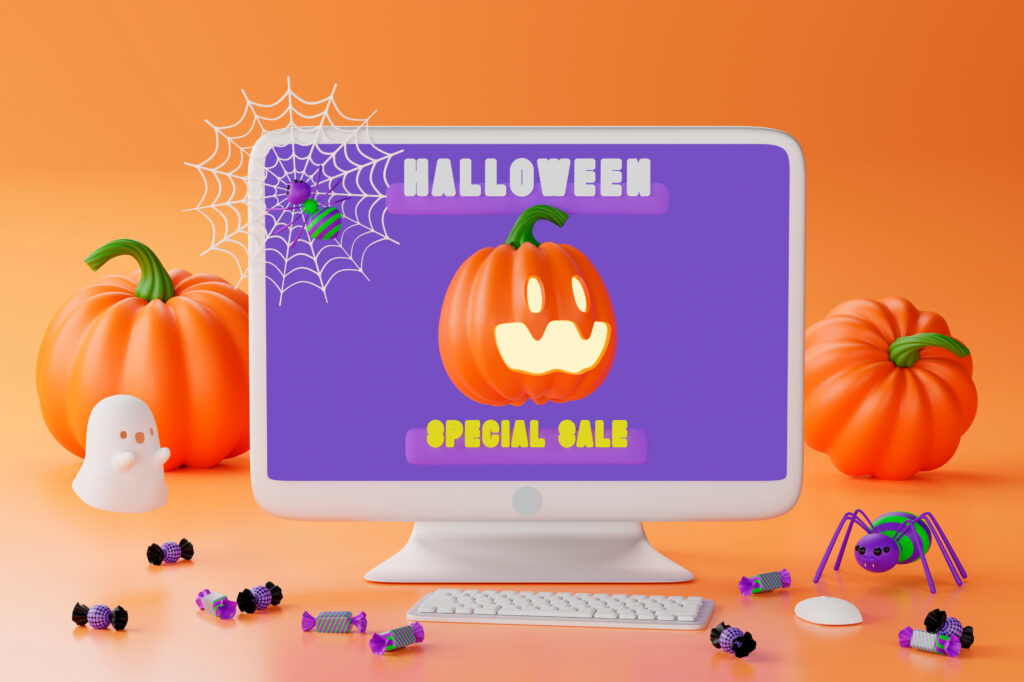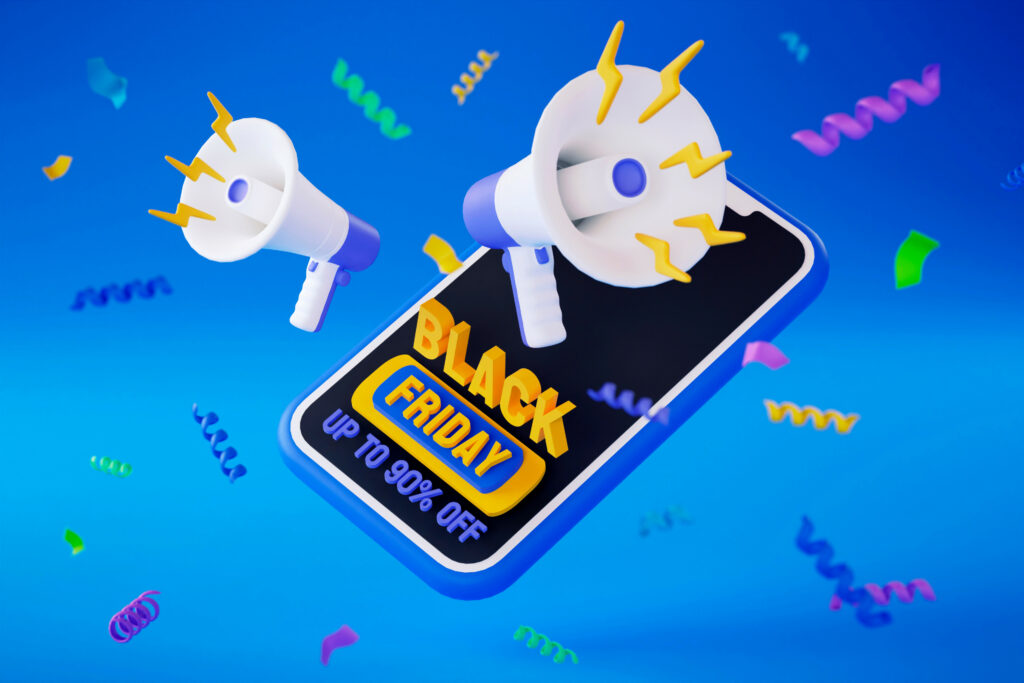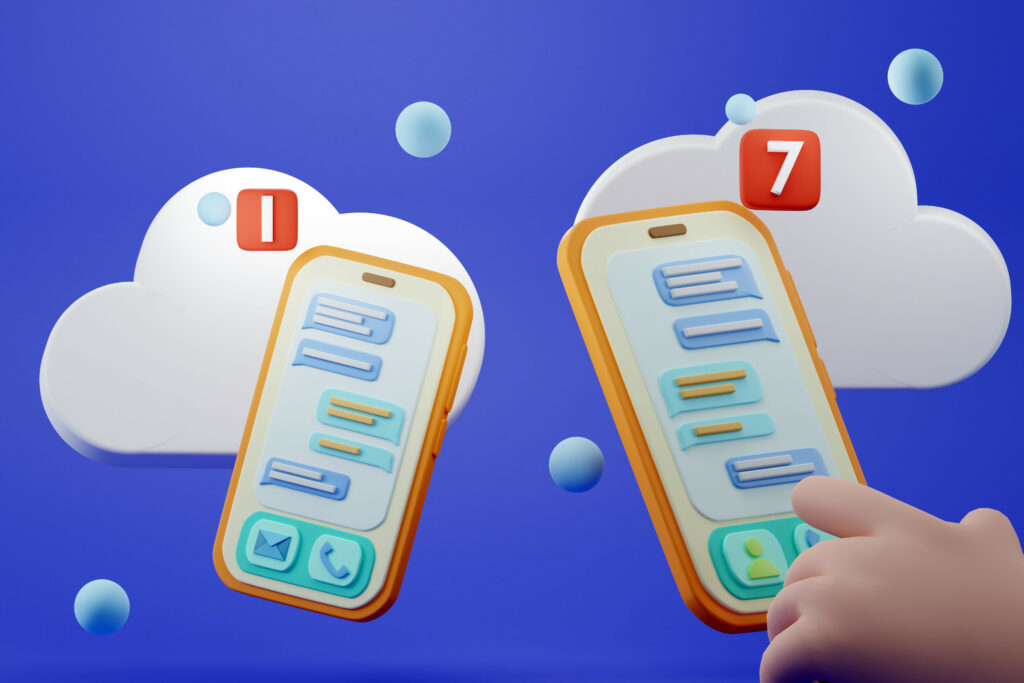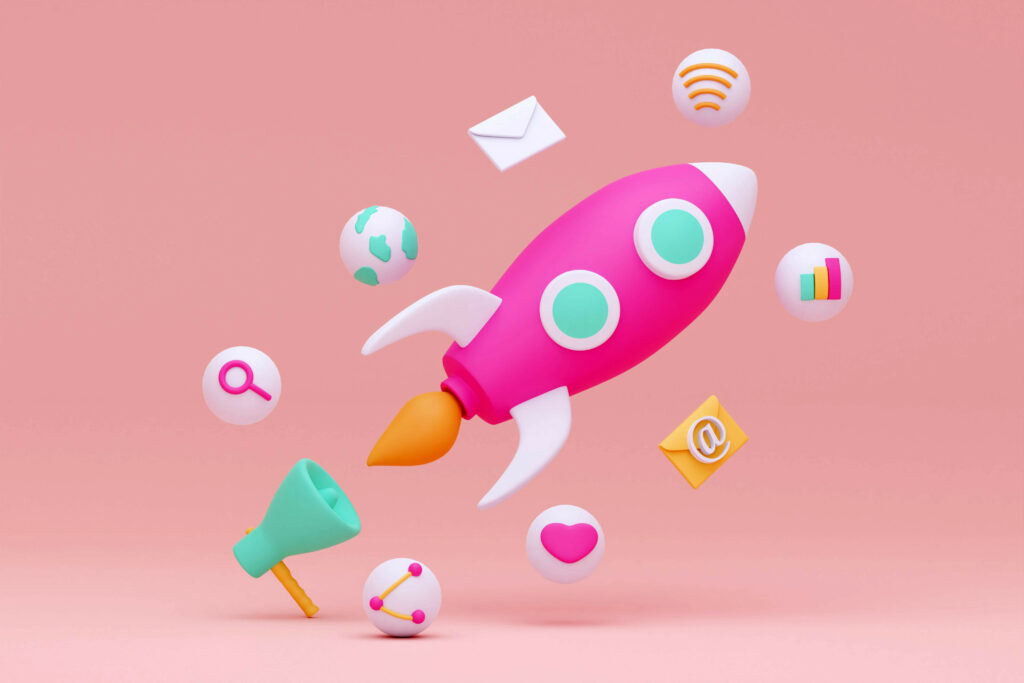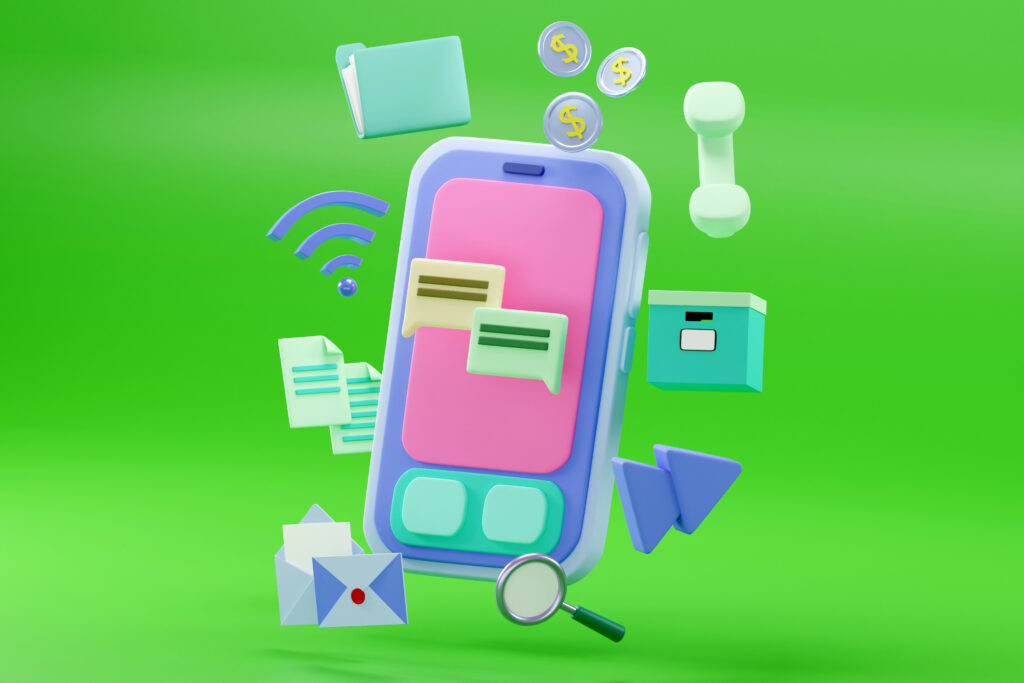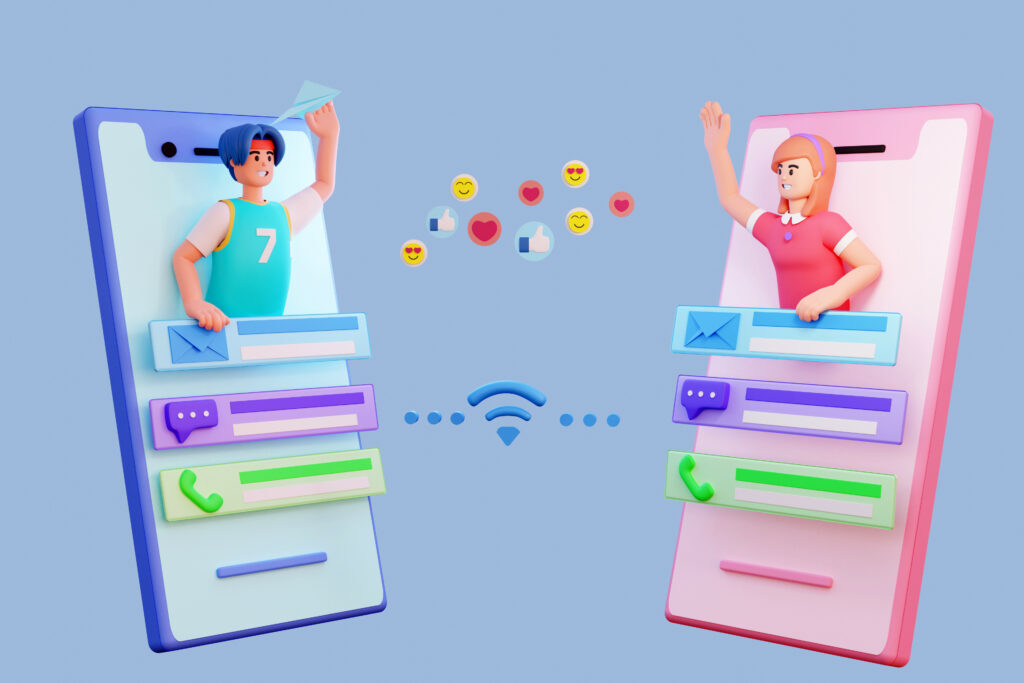How to evaluate the performance of your Black Friday campaigns and pave the way for success in 2025
How to evaluate the performance of your Black Friday campaigns and pave the way for success in 2025 Black Friday is one of the most important dates of the year for retailers, but its true value lies in the lessons learned from analysing campaigns. Evaluating the performance of your strategies not only allows you to understand what worked and what didn’t, but also to lay the foundations for optimising future efforts. Here is a practical guide to evaluate the impact of your campaigns and prepare for a successful 2025. 1. Review your initial objectives First of all, go back to the goals you set before Black Friday – were you looking to increase sales, attract new customers, clear inventory or strengthen your brand presence? Contrast these goals with the results you achieved and analyse how close you came to achieving them. 2. Evaluate key metrics ROAS and ROI: Measure the Return on Ad Investment (ROAS) and overall Return on Investment (ROI). These metrics tell you if your investment was profitable.Conversion rate: Identify what percentage of users who visited your platforms converted into customers.Average ticket: Analyse whether customers spent more or less than expected on their purchases. 3. Analyse sales channels and traffic Identify where the most significant sales came from. Evaluate the performance of your channels (physical shop, ecommerce, social media, email marketing, etc.) and prioritise those that generated the greatest impact. This will help you redistribute your investment in the future. 4. Segment results by audience Not all audiences react the same. Divide your data by key segments: New customers vs. repeat customersGender, age or geographic locationInterest groups or buying behaviourThis will allow you to identify patterns and customise your strategies for each group in future campaigns. 5. Learn from qualitative feedback Direct feedback from customers is pure gold. Check reviews, social media comments and post-sale surveys – what did they like about the experience? What aspects do they need to improve? 6. Evaluate your logistics and operations Did your supply chain cope with the increased demand, and were there problems with delivery times or returns? Make sure you analyse these points to strengthen your operations. 7. Prepare your strategy for 2025 Use lessons learned to plan ahead. Some key questions: Which channels performed best and deserve more investment?Which offers or products stood out in sales?How can you improve the customer experience?Black Friday success is not only measured in immediate results, but in how you leverage those insights to improve your strategy year on year. 2025 will be your best campaign ever if you start working now! 📌 Final tip: Document everything. Keeping a record of your learnings will make your future campaigns more efficient and effective. Do you have any key strategies that have worked for you this year? Leave them in the comments! 👇


